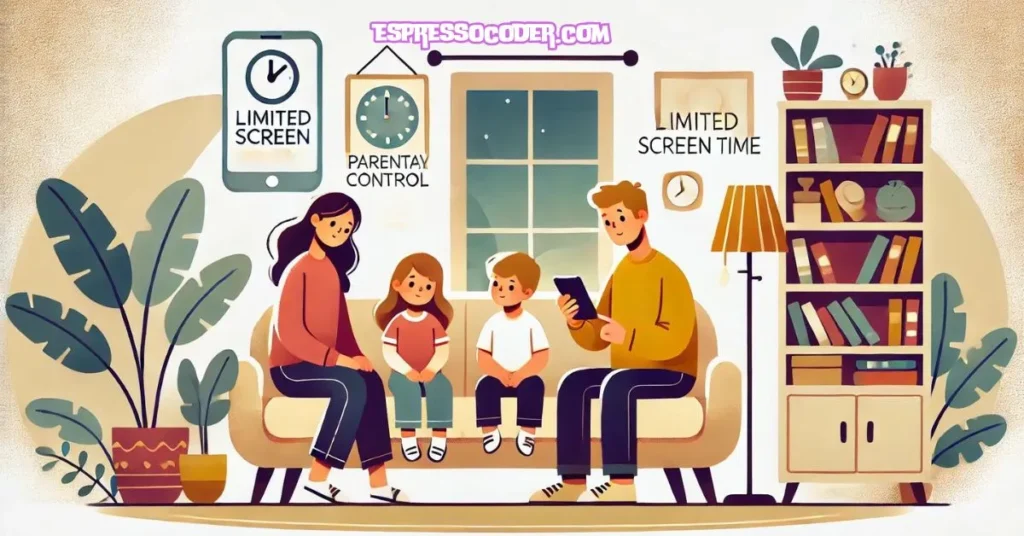Parental control apps work equally well on both PCs and phones. Setting up and configuring parental control for Android or iOS takes just a few minutes. This tool helps parents stay close to their children constantly, protecting them from inappropriate content, tracking their locations and routes, limiting screen time, and safeguarding them from online fraud. Undoubtedly, these apps are a necessity in today’s environment. However, there is a fine line between protection and excessive intrusion into privacy.
Advantages and Risks of Using Parental Control
It seems simple: you install parental control for iOS, Android, or on a PC, and you’re done. But this is where the real challenges begin. Other children’s phones might not be protected, and they might show your child games, websites, messengers, etc. In this context, it’s impossible to protect your child 100%. Moreover, reading messages, tracking every step, and reviewing search history can be done for safety reasons, but for teenagers, it may be perceived as an invasion of personal space and a violation of personal boundaries.
Despite this, a child’s psyche is still developing. At this stage, it’s crucial to protect them from communication with online criminals, exposure to crude or sexualized content, and unpleasant remarks. A parental control app is necessary for this purpose. It helps limit screen time, blocks access to inappropriate content, tracks locations, sends notifications when the child’s phone battery is low, and offers many other useful and convenient features.
How to Maintain Balance Without Harm?
The most important thing is not the app that controls online activity but a trusting and warm family environment. Parents who ask their kids not to use the phone for more than 2 hours a day should also limit their screen time. If there’s a rule not to bring gadgets into the kitchen, it should apply to everyone. This will help children not to rebel against the restrictions.
Instead of secretly reading children’s messages (although experts still recommend monitoring who the child is communicating with), establish a trusting relationship within the family. If the kid knows they won’t be mocked, judged, or criticized at home, they will gladly share who they are friends with, what topics they discuss, what they like, etc.
Also, remind them of proper online behavior, discuss or even simulate different situations, and talk about how to navigate them safely. Set an example, communicate frequently, and discuss openly.
Additional Tips for a Holistic Approach:
- Don’t just impose limits; explain why they are necessary.
- Help your child develop digital literacy skills.
- Praise and highlight moments when you notice your kid behaving responsibly online.
- Demonstrate your healthy digital habits.
- Spend time together playing board games or enjoying outdoor activities — time away from screens should also be rich and engaging.
Complement parental control with active participation in your child’s life — this is the simplest way to balance between overprotection and safety.

